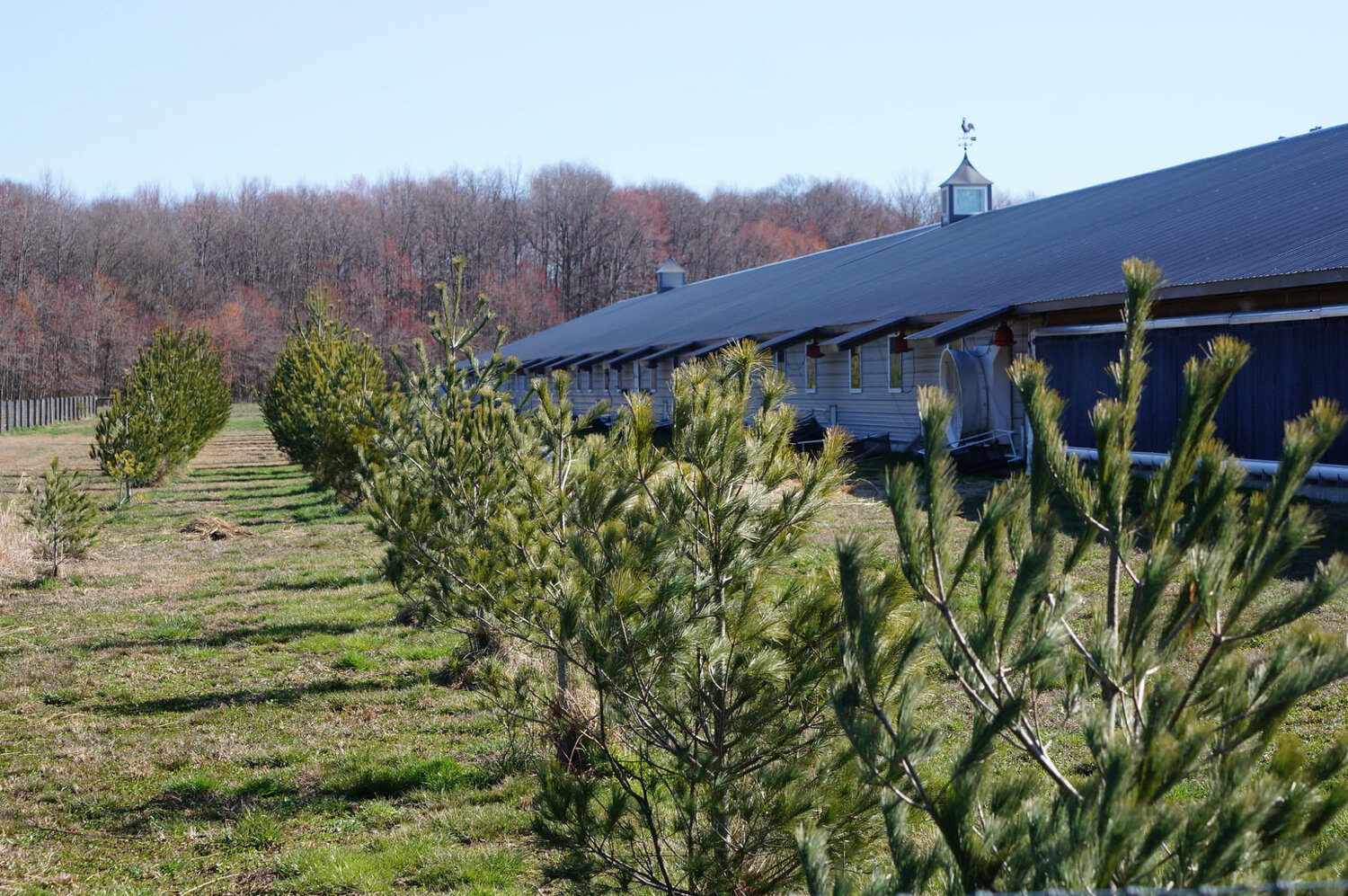Groups begin investing $2 million in Delmarva chicken farming best management practices
Delmarva Chicken Association, the Alliance for the Chesapeake Bay, and the Nanticoke Watershed Alliance are partnering with chicken farmers to invest $2 million in cost-share programs to accelerate …

You must be a member to read this story.
Join our family of readers for as little as $5 per month and support local, unbiased journalism.
Already a member? Log in to continue. Otherwise, follow the link below to join.
Please log in to continue |
Groups begin investing $2 million in Delmarva chicken farming best management practices
Delmarva Chicken Association, the Alliance for the Chesapeake Bay, and the Nanticoke Watershed Alliance are partnering with chicken farmers to invest $2 million in cost-share programs to accelerate the adoption of chicken farming best management practices in Maryland, Delaware and Virginia’s Chesapeake Bay watersheds and improve riparian buffers, precision nutrient management, conservation drainage and litter management.
Delmarva Chicken Association, the state of Maryland, the Alliance for the Chesapeake Bay and the Nanticoke Watershed Alliance are contributing a combined $1 million in matching funds to the initiative, and DCA is working with the Alliance for the Chesapeake Bay and the Nanticoke Watershed Alliance to implement the conservation measures, farm by farm.
The goal for each partner in the initiative is to improve the sustainability of the chicken community while continuing to improve water quality in the Chesapeake Bay.
“Since the 1980s, farmers have increased food production to meet growing demand while meaningfully reducing agriculture’s yearly nitrogen and phosphorus contributions to the Bay, contributing to its improved health today,” said Holly Porter, DCA’s executive director. “Innovative, collaborative efforts like this one between the chicken community, environmental groups, and funding partners provide an opportunity to realize even more agricultural nutrient reductions, benefiting everyone in the watershed.”
- Trees around the perimeter of farms to provide a visual buffer from neighbors and roads, reduce noise, dust and odor, absorb soil nutrients, and provide shade.
- Large warm-season grasses near tunnel fans that can act like an outdoor air filter, capturing dust and feathers and absorbing ammonia.
- Pollinator plots that can be planted in the swales between houses, around retention ponds, or in open areas that normally are mowed, reducing flooding and capturing soil nutrients in their roots.
- Additional farm-specific conservation practices.
“The Alliance for the Chesapeake Bay is proud to partner with the Delmarva Chicken Association and the Nanticoke Watershed Alliance on this initiative,” said Kate Fritz, CEO of Alliance for the Chesapeake Bay. “This effort builds upon the Alliance’s industry-led model of advancing conservation through cross-sector partnerships. By uniting the entire poultry supply chain to install conservation practices, we can work together to deliver positive environmental benefits, support farmers in achieving their conservation goals, and improve the efficiency and resiliency of our treasured Delmarva farms.”
DCA is also working with Delaware chicken growers to administer a $192,000 grant from the state of Delaware, matched with $203,000 of DCA funds, to operate a cost-share program funding installation of two kinds of vegetative environmental buffers on Delaware broiler farms. The program covers 90 percent of eligible costs for technical assistance, installation, and reporting.
DCA is accepting applications for participation by farmers, as well as applications from qualified landscapers to implement practices.
To learn more about the cost-share programs or to contact DCA about enrolling a farm in the program, visit dcachicken.com/green, call DCA at 302-856-9037 or email warren@dcachicken.com.






